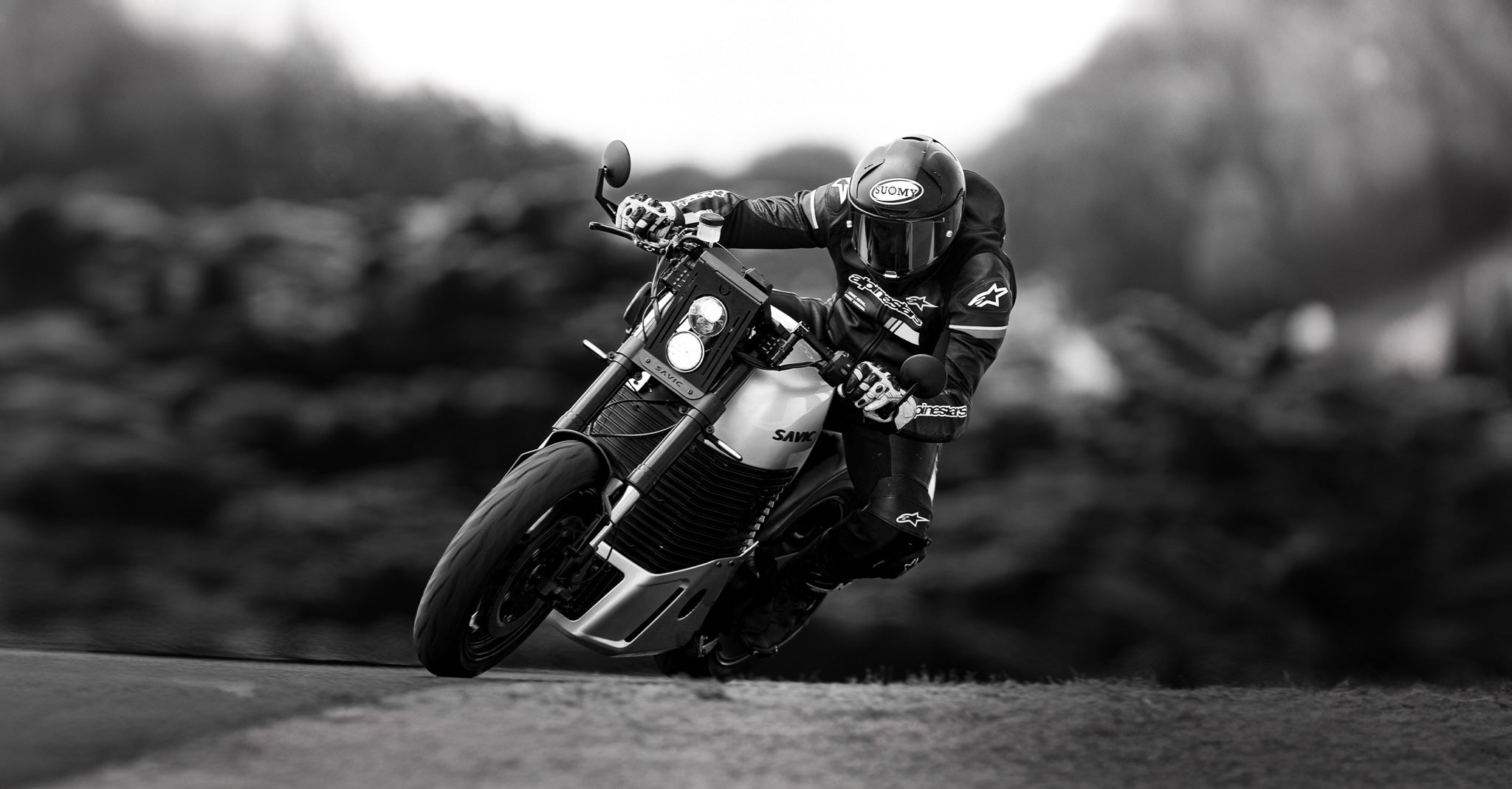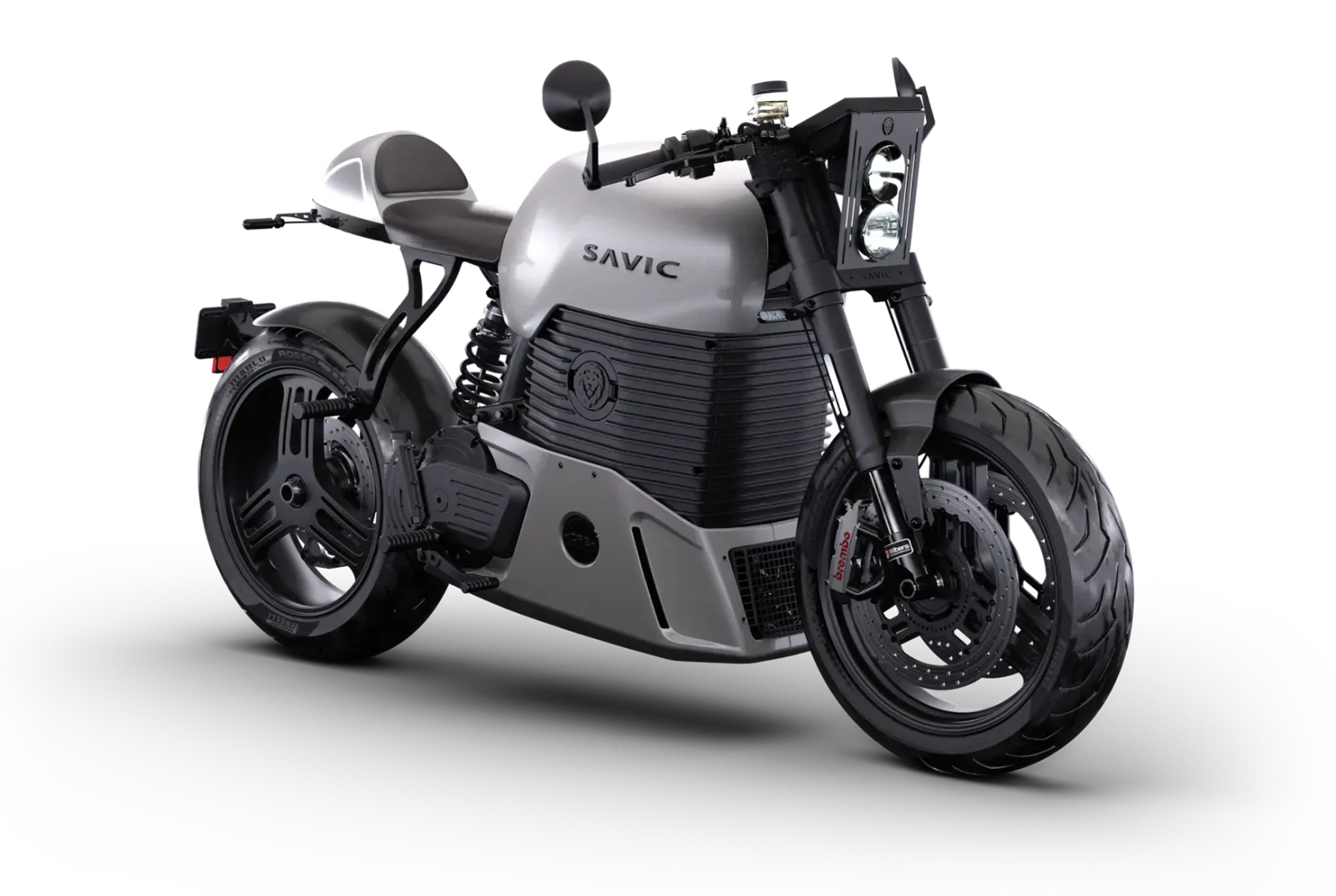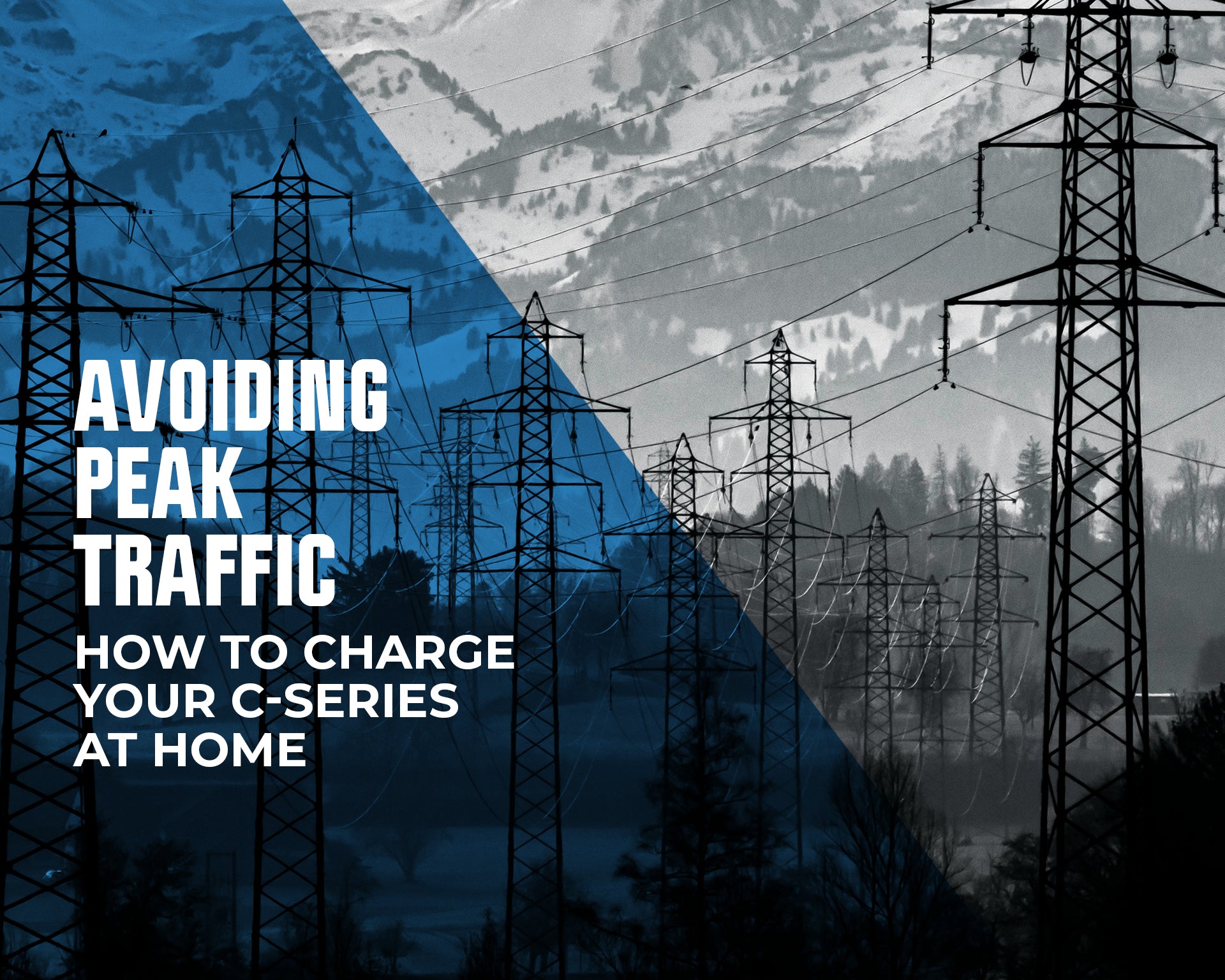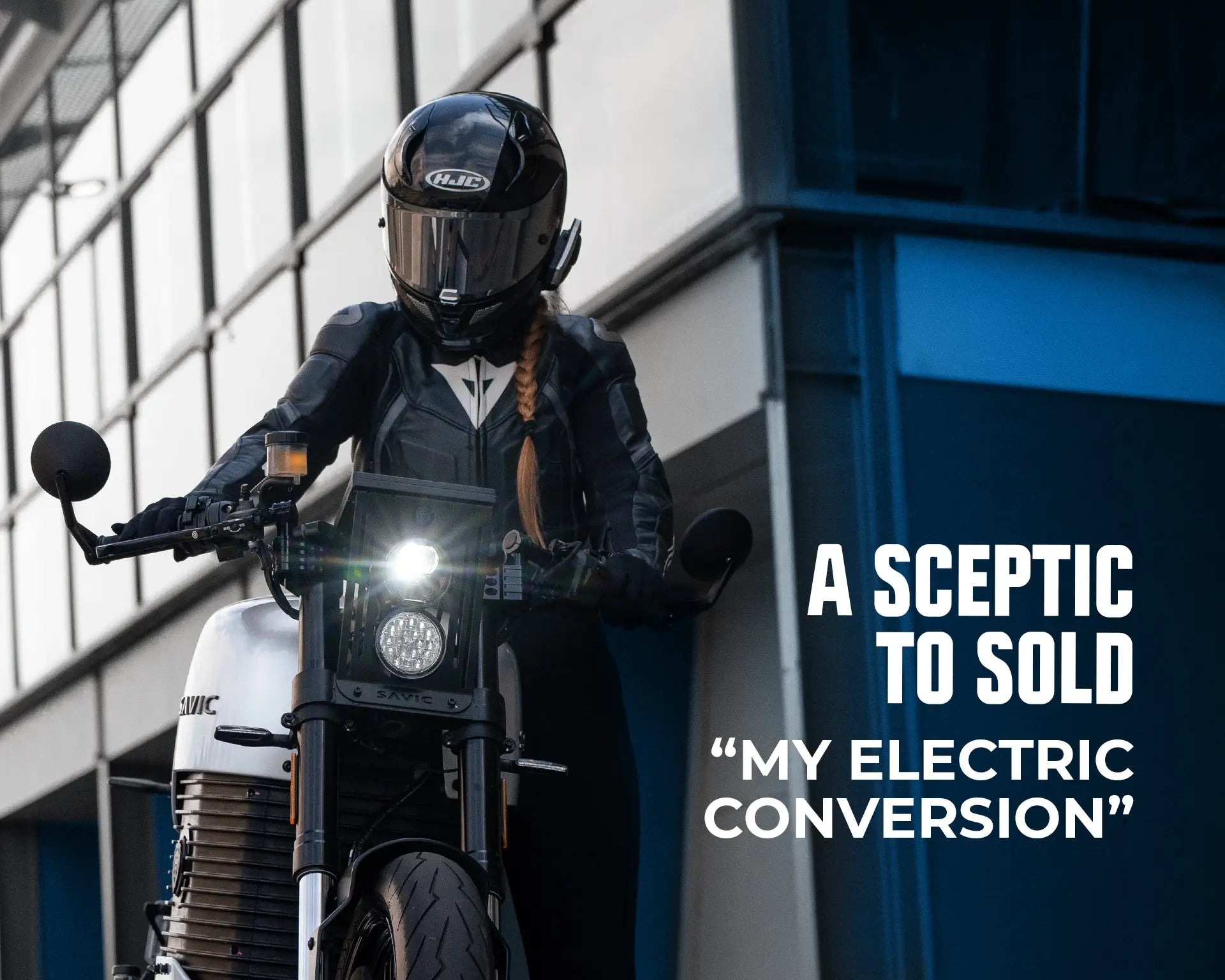As someone who’s relatively new to motorcycles and the whole riding culture, I’ve been finding it difficult to decide if an electric or an ICE bike would be the best choice for me. So, for the past few weeks, I’ve been researching the pros and cons of both types of bikes, to try and get a better handle on the benefits and shortcomings for a beginner like myself.
One of the most vigorously discussed topics in the comparison debate is the cost of new vehicles. It seems that while EV bikes are generally more expensive up front, they’re much more cost-effective in the long run due to the lower costs of fuel and maintenance. Motorcycle ‘bible’ WebBikeWorld estimates that over five years of owning an EV bike, you could save almost A$2,300 on fuel alone – not to mention other items such as spark plugs and oil changes, which can cost another $500 a year!

As well as virtually ‘free’ running costs for those using renewable sources to charge their motorbikes, EVs generate cost savings in other ways, including government subsidies and tax concessions for people purchasing new bikes. Already, several Australian governments have reduced their stamp duties on electric bike purchases, with ACT offering $0 stamp duty on initial purchases, NSW recently abolishing its 3% stamp duty for EVs, and Queensland reducing it from $4 per $100 for ICE bikes to $2 per $100 for EVs. By comparison, the long-term costs of ICE bikes are likely to rapidly increase in the near future due to taxes on petrol, oil and gas, as well as the costs of the vehicles themselves. Another factor to consider is second-hand value, where ICE bikes are expected to depreciate much faster than EV bikes due to dwindling customer demand and tougher regulatory hurdles for new ICE registrations.
Keeping on the road
This leads us to maintenance, which as someone who doesn’t want to spend long hours stuck in a garage, is my most dreaded task. From the research I’ve done, EV bikes fit the low-maintenance bill perfectly. Unlike ICE bikes, electric bikes present no need to change the spark plugs, air filters or oil – and no repairs required for clutches or gearboxes, because there aren’t any! The only two things you’ll need to keep an eye on are the tyres and the brakes – a task that’s made easier by the regenerative braking on bikes like the Savic C-Series, which significantly reduces the wear on your brakes.

Due to this mechanical simplicity, EV bikes also have the potential to last longer than ICE bikes, especially when their batteries can be replaced afterS they eventually die (usually after around 10 years of life). Needless to say, this simplicity is very attractive for beginners like me, who don’t understand when is the perfect time to shift gears or how long the ‘warm-up period’ should be in different weather conditions.
The health and safety implications of any new purchase – whether it’s a new electronic device, a vehicle, or a household product – are very important to me. While it’s true that ICE bike engines generate more noise than an electric engine and hence have a higher propensity to cause hearing damage, the biggest cause of hearing loss for bike riders is actually wind noise while travelling at high speeds – and wearing earplugs or some other form of protection should be a consideration whether you go electric or not.
That said, due to being driven by a precise computerised machine and having power delivery that is immediate and linear, EV bikes generally offer a much more predictable and smoother ride, compared to ICE bikes which quite literally are driven by thousands of little explosions in the engine. This makes EVs easier to ride, not only reducing the learning curve for beginners but leading to fewer accidents due to riders having to concentrate on fewer operating factors. The software-centric nature of EVs also allows innovative teams like ours to develop sophisticated warning and road safety systems and to release over-the-air updates that will improve the safety and reliability of your bike.
Thinking about your health
There are also a multitude of health factors that make an electric motorcycle more appealing. Several studies have suggested that the carbon monoxide released by ICE bikes can lead to respiratory issues, which is not something you have worry about with electric bikes. While EVs catching fire have made for dramatic news headlines in recent months, the likelihood of ICE vehicles catastrophically failing is statistically much higher than incendiary events caused by battery issues in electric vehicles. This will be even more true in the future, as rapid advances in battery safety continue to make EVs safer still.
While the environmental benefits of EV motorcycles are widely known, they are also worth considering in a bit of detail. Even though the production of an EV bike causes more emissions than an ICE bike, over their life ICE bikes will generate significantly more pollution than their electric counterparts. This is without taking into account the use of renewable energy to charge EV bikes, which will gradually eliminate the emissions costs of their production over time. For me, this aspect of EV bikes can make you feel like you’re part of a movement that is attempting to make the Earth more liveable – a major plus if you genuinely care what’s in store for our planet long term.
Being part of a cutting-edge technology that’s breaking new ground each month can also make you feel like you’re part of an exclusive club. For me personally, the rapid acceleration of an EV bike is much more exciting than the slightly higher top speed of an ICE bike. Even in suburban settings, that acceleration can offer a jolt of excitement on a mundane commute to work – particularly in a country where you will rarely, if ever, get an opportunity to really ‘open up’ and hit your top speed.

While range remains a concern, an EV bike still ticks all the boxes if you’re using it mainly for urban travel. Of course, it would be nice to have the option to ride long distances once in a while, and there remain limitations for doing that with EV bikes in Australia at present. But with the pace at which our charging infrastructure is evolving and advancements in battery technology are moving, it’s safe to say that it will become a lot easier to travel long distances with an EV bike in the future.
So while there are definitely still some short-term drawbacks to owning an EV bike in Australia, the numerous operational, social and environmental benefits – not to mention the feeling of being part of something new and exciting – mean that the choice of this researcher will be electric every time!











